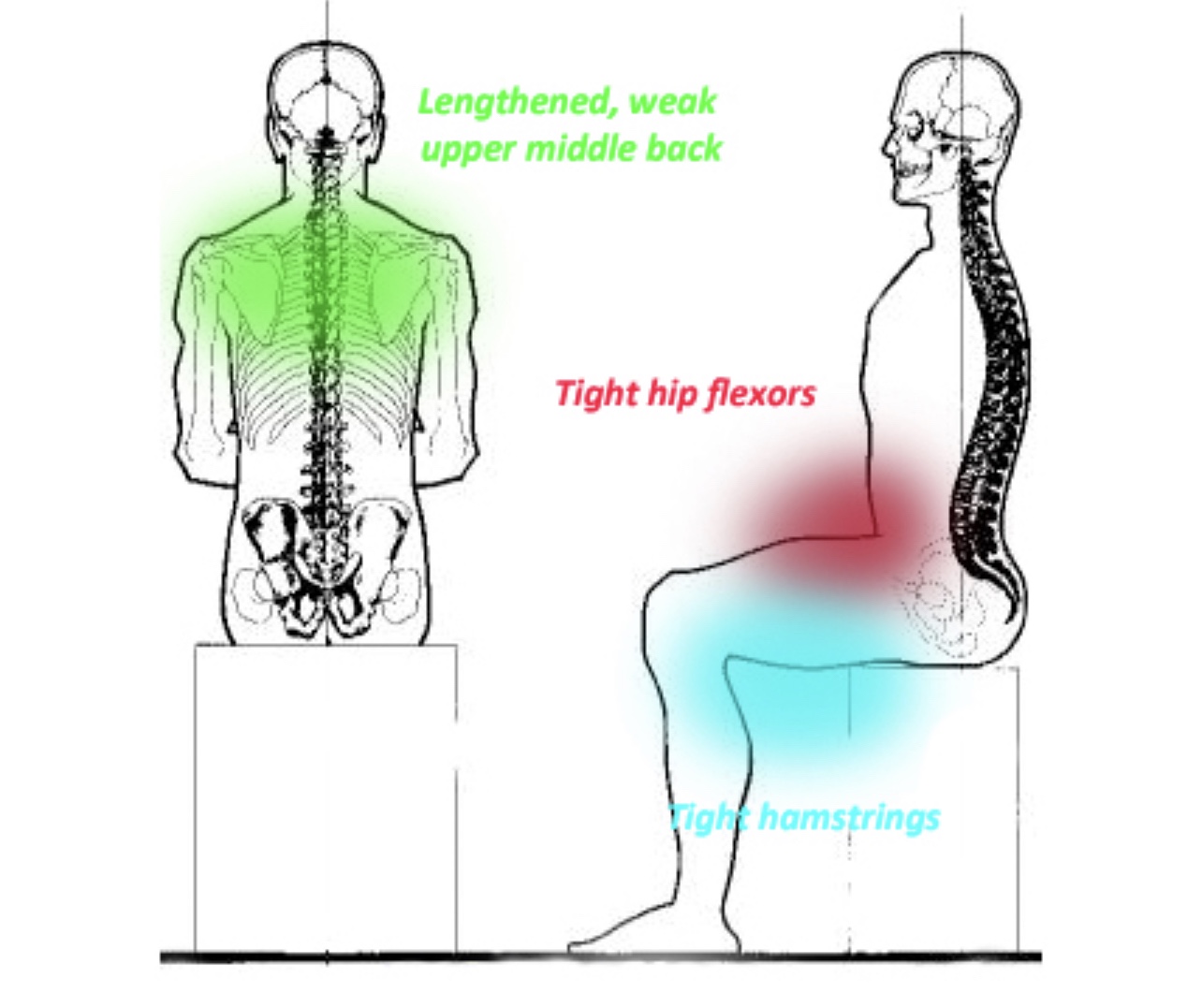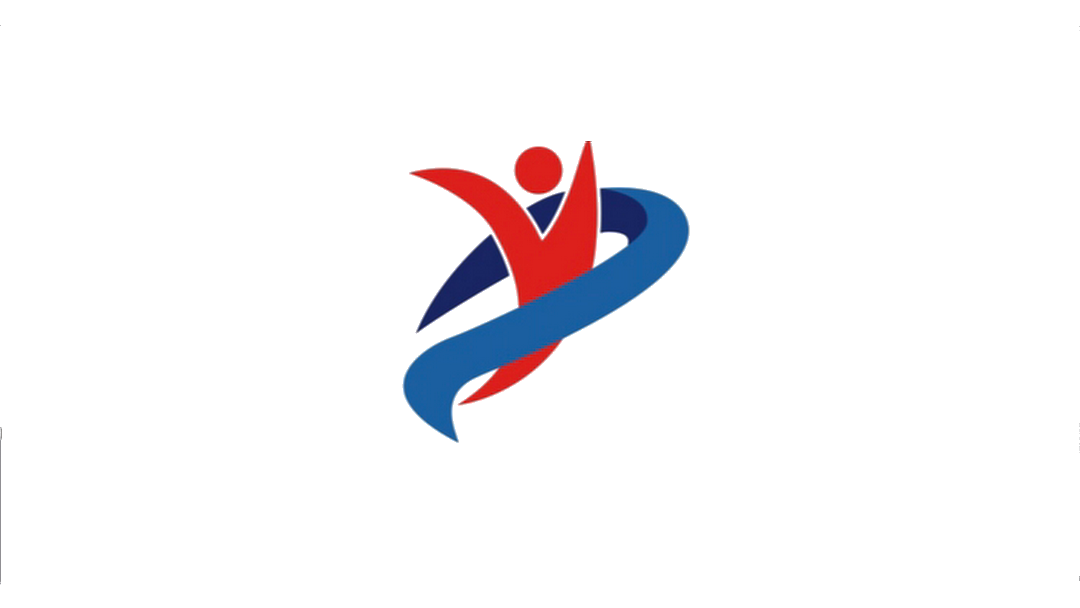Whether your job consists of lifting and packing or you are picking up groceries from the floor, using correct lifting biomechanics is very important when it comes to saving you from onset of back pain. There are three main factors that will help you achieve good lifting biomechanics: Core stability, Gluteal and hamstring activation patterns and Hip and ankle mobility. Lets discuss each one of those contributing factors in more detail.
 Core stability: You core muscles are the big supporters of your spine and they also guide the movement and can actually change the disc pressure by compressing or decompressing your spine. Your core stability is very important since all functional movement patterns rely on your core being stable. Having a six pack does not really justify your core stability since deep core stabilizers such as your pelvic floor muscles, transversus abdominus may still be weakened underneath. A very strong core, will ensure your spine is supported and stabilized during lifting.
Core stability: You core muscles are the big supporters of your spine and they also guide the movement and can actually change the disc pressure by compressing or decompressing your spine. Your core stability is very important since all functional movement patterns rely on your core being stable. Having a six pack does not really justify your core stability since deep core stabilizers such as your pelvic floor muscles, transversus abdominus may still be weakened underneath. A very strong core, will ensure your spine is supported and stabilized during lifting.
 Lack of Glut and hamstring activation: Sitting is the new smoking in 21st century. Many of us have a flat or fat butt with deactivated glut muscles and very tight and weak hamstrings due to sitting too much. The two biggest muscle groups in our body are quadriceps and hamstrings. Gluts are the neighboring muscles to our back and their function is to do the work while our trunk muscles are stabilizing our spine. When your hamstrings and gluts are weak and inhibited, your spinal muscles are forced to do the work. They are utilized as mover muscles instead of stabilizers which increases likelihood of obtaining low back pain.
Lack of Glut and hamstring activation: Sitting is the new smoking in 21st century. Many of us have a flat or fat butt with deactivated glut muscles and very tight and weak hamstrings due to sitting too much. The two biggest muscle groups in our body are quadriceps and hamstrings. Gluts are the neighboring muscles to our back and their function is to do the work while our trunk muscles are stabilizing our spine. When your hamstrings and gluts are weak and inhibited, your spinal muscles are forced to do the work. They are utilized as mover muscles instead of stabilizers which increases likelihood of obtaining low back pain.
Lack of hip and ankle mobility: ben though our body functions as a whole and everything is interconnected, joints and muscles are designed for slightly different purposes to share work. Some joints are designed for stability while some are for mobility. Hip and ankle joints are designed to be mobile while knee and low back are designed to be stable joints. When we lack mobility in our calves and hips due to tight musculature, then our knees and low backs have to compensate for this lack of movement. At that point, you are going against nature which in the short run, turns into injury and pain.
In conclusion, we all have heard of using proper body mechanics while lifting such as squatting instead of bending over, holding the load as close to our body possible and walking with the load instead of twisting our backs. The truth is that, all those steps are excellent to follow however what you need to do is first to make sure your core is strong, ankles and hips and mobile and big muscle groups are ready to do the work.
Take home points:
1- A strong and stable core will save your back
2- Mobile hips and ankles are very much needed for all functional movements
3- Big muscle groups such as hamstrings, Quadriceps and Gluteals are the prime do-ers so keeps them engaged
Tune in for more awesome information!
Subscribe now to have full access to our mobility series. Remember new you starts now!
Images retrieved from:
http://3.bp.blogspot.com/-RY2CQ8rIcaY/TrmFHUi9-nI/AAAAAAAAAP8/reJZ8QmuMqw/s1600/tightmuscles.jpg
http://lschiropractic.com/wp-content/uploads/2013/11/lifting.jpg
